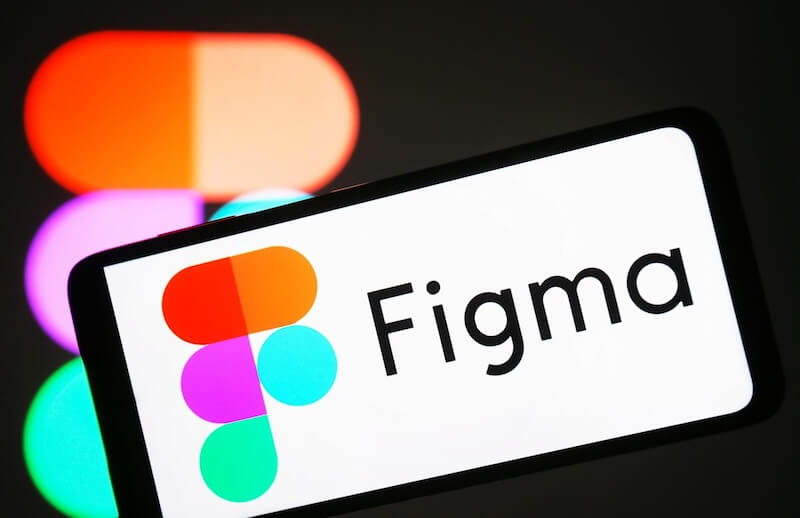Figma, the collaborative design software platform, has confidentially filed for an initial public offering (IPO) in the United States, marking a significant step in its journey after the collapse of its acquisition by Adobe. The filing, made with the U.S. Securities and Exchange Commission (SEC), comes more than a year after antitrust regulators in Europe and the UK blocked Adobe's $20 billion bid in December 2023, preventing what would have been one of the largest software startup acquisitions to date. This regulatory roadblock has ultimately paved the way for Figma to pursue an independent future on the public market.
The decision to file for an IPO underscores Figma's confidence in its business model and growth prospects, despite current market volatility and economic uncertainty. Several high-profile tech companies, including Klarna Group Plc, Chime, Cerebras Systems, and eToro Group Ltd., have recently suspended their IPO plans, announcing temporary halts to their U.S. stock market listings. However, Figma's move suggests a determination to proceed, potentially signaling a resurgence of interest in the U.S. tech IPO market.
Figma's journey to this point has been marked by impressive growth and innovation. Founded in 2012, the San Francisco-based company offers a suite of cloud-based tools designed to streamline the design and development process through real-time collaboration. Its core products, including Figma Design, FigJam, Dev Mode, and Figma Slides, cater to different aspects of digital product creation, from user interface design to collaborative brainstorming and presentation development. The company's focus on user experience and collaborative features has resonated with designers and developers worldwide, leading to a rapidly expanding user base.
In 2024, Figma's annual recurring revenue (ARR) reached $700 million, a 35% year-over-year increase, supported by over 4 million users. Its enterprise clients include major tech companies such as Microsoft, X, Dropbox, Stripe, Slack, and GitHub, demonstrating its widespread adoption and importance in the industry. The company's employee count has also surged, from 500 at the beginning of 2022 to 1,600, reflecting its continued growth and investment in its team.
The failed acquisition by Adobe, while initially a setback, has arguably strengthened Figma's position. The termination of the deal resulted in a $1 billion breakup fee paid to Figma, bolstering its financial resources for an independent future. Following the deal's collapse, Figma reset its internal valuation to $10 billion, which then rebounded to $12.5 billion in a 2024 tender offer led by Fidelity. Although lower than the $20 billion acquisition price, this still represents significant growth from its earlier valuations and highlights the company's resilience.
Several factors contributed to the regulatory opposition that ultimately led to the demise of the Adobe acquisition. Antitrust regulators in the UK and Europe raised concerns that the merger would grant Adobe an unfair advantage in the digital design market, potentially stifling competition and innovation. These concerns reflected a broader trend of increased scrutiny for tech mergers, with implications for how large companies approach acquisitions and how startups plan their exit strategies.
Looking ahead, Figma's IPO could have significant implications for the tech sector, particularly for software-as-a-service (SaaS) startups. The company's success in the public market could signal a revival of SaaS IPOs, which have been relatively subdued in recent years. With a proven business model, a loyal user base, and a strategic focus on AI and collaboration, Figma is well-positioned to capitalize on the growing demand for design tools in a digital-first world.
While the exact timing and valuation of Figma's IPO remain uncertain, the confidential filing suggests that the company is gearing up for a public debut, potentially as early as late 2025, pending regulatory review and market conditions. Figma's journey from a startup to an IPO candidate is a testament to its innovative approach, strong execution, and ability to adapt to changing market dynamics.

















